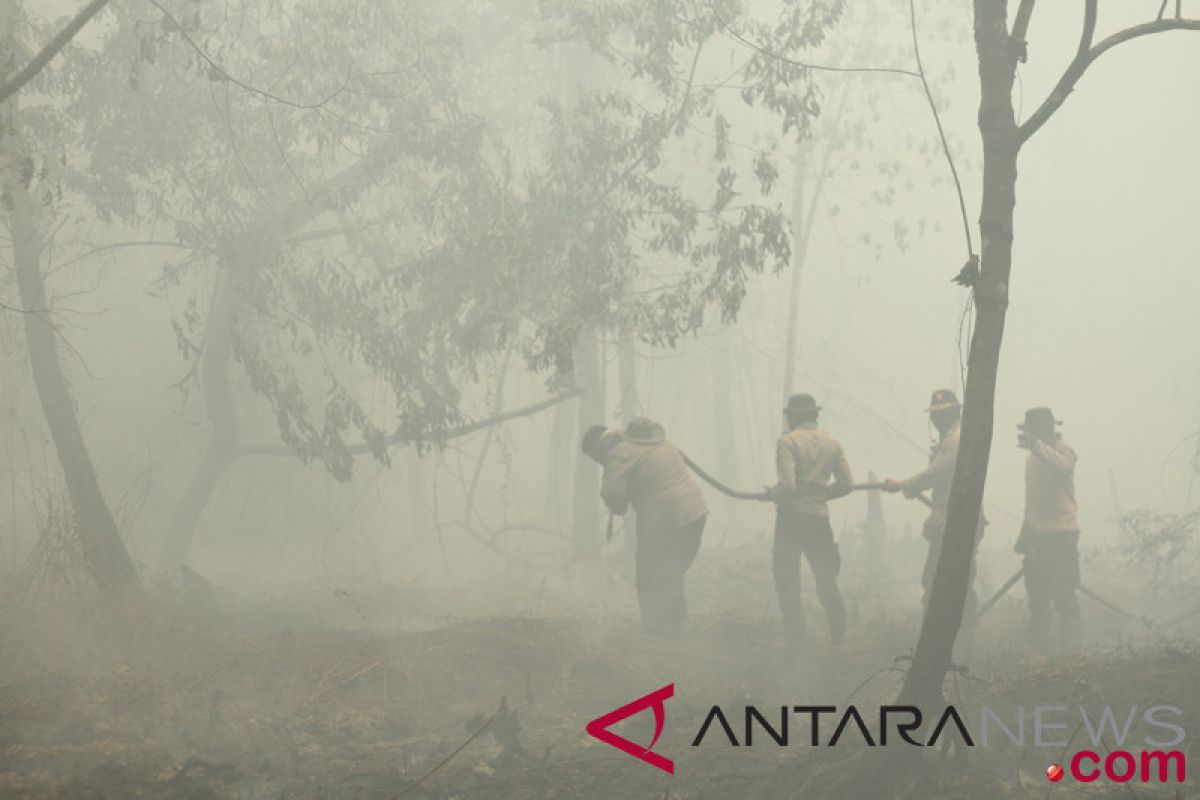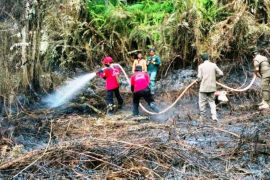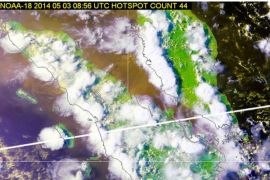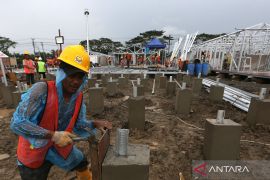Chief infrastructure official of the KLHK Ministry`s Climate Change Control Directorate General Agus Hariyanto informed reporters here on Wednesday that until September 3, 2018, his office had detected 3,032 hotspots.
The number of hotspots until Sept. 3 was higher than about one thousand in 2017. Yet, it is far lower than 15 thousand hotspots recorded in 2015.
He pointed out that several regions in Indonesia continue to face drought until November 2018
This is based on the forecast of the Meteorology, Climatology, and Geophysics Agency that a relatively weak El Nino phenomenon is approaching Indonesia.
"We have to remain on alert regarding land and forest fires," he added.
An integrated patrol team continues to be on the field, especially in the forestry-prone areas. In 2018, he noted that the team had exceeded the target of visiting 1,200 villages.
He stated that the president`s directive on the control of forest and land fires is usually issued early in the year as a precautionary measure against hotspots.
To detect the hotspots, the KLHK is using the National Aeronautics and Space Institute (Lapan) Fire Hotspot application, with accuracy rates of above 80 percent. This is then followed up on the field.
Meanwhile, the Terra and Aqua satellites had detected a total of 801 hotspots, indicating forest and plantation fires, across Indonesia, on Monday (Sept 17).
The hotspots were of moderate- and high-risk categories, Sutopo Purwo Nugroho, spokesman of the National Disaster Mitigation Agency, noted in a statement.
In West Kalimantan Province, 272 hotspots were detected.
"Of the 272 hotspots, 149 are categorized as moderate and 123 as high risk," he stated.
Haze shrouded Pontianak, the capital of West Kalimantan Province, from dawn until 7:30 a.m. local time on Monday and later disappeared due to the wind.
Earlier, Ins. Gen. Didi Haryono, the West Kalimantan police chief, urged local inhabitants to help put out wildfires, as the efforts could not be made by the military and police personnel alone.
Banjarmasin, the provincial capital of South Kalimantan, and North Barito in Central Kalimantan were also shrouded by haze on Monday morning.
The ongoing prolonged drought has caused water shortage in several regions, such as in the provinces of East Nusa Tenggara and West Java, and triggered fires in forest areas, particularly in West Kalimantan and Central Java.
In West Kalimantan, schools were recently closed, as forest fires produced smoke that could affect the health of students.
The national disaster mitigation office deployed four helicopters to help extinguish the fires.
Reporting by Virna P Setyorini
Editing by Andi Abdussalam, Suharto
Reporter: Antara
Editor: Fardah Assegaf
Copyright © ANTARA 2018











